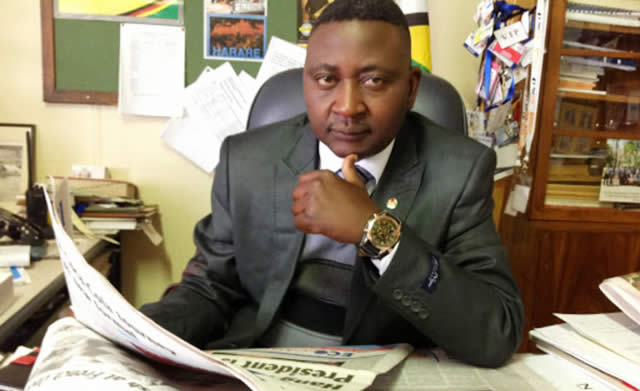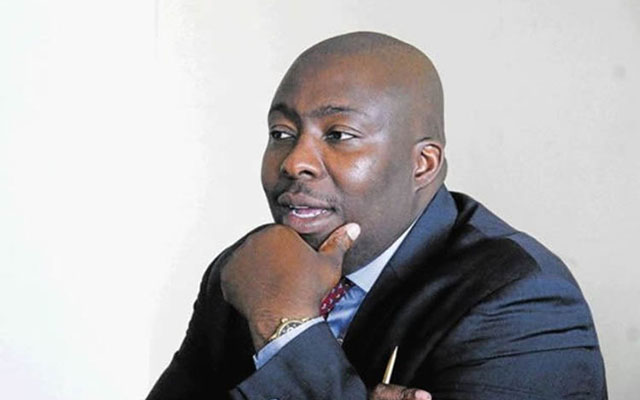Govt moots fuel levy •Proposed road accident fund cited •Payouts, medical cover for crash victims

Walter Nyamukondiwa Chinhoyi Bureau—
Government intends to introduce a fuel levy to finance a new Road Accident Fund to ensure compulsory compensation of road traffic accident victims. The fund will also cover disbursements of funds to victims on compassionate and medical grounds. Various options on the structure and operations of the fund are still under consideration, with focus on the South African, Namibian and Botswana models.
The South African model entails 11 cents per litre in local currency levied on motorists that goes towards the fund.
It raises about $2 billion annually and covers loss of a relative in an accident, medical costs in the event of injury, post-hospital costs and loss of future earning, depending on one’s capacity before the accident.
The South African model has been saddled with structural and operational challenges that have seen it being described as the “lawyers and doctors’ business”, as most payouts cover legal and medical claims.
Due to payout for loss of future earnings, rich claimants take up significant chunks of the money, it was also established.
Addressing stakeholders at a meeting in Karoi recently, the director responsible for transport in the Ministry of Transport and Infrastructural Development Mr Allowance Sango said Government was proposing the fund for compulsory compensation.
“We are proposing compulsory compensation, which ensures that people get health services when they need them soon after an accident. “The fund will also address the state of preparedness in the event of an accident, as most people lose their lives because they don’t get specialised medical care in time.”
Experts say most people’s lives could be saved if they get specialised care within the first hour known as the “Golden Hour” of an accident occurring.
Mr Sango said the setting up of the road accident fund would address Pillar 5 of the Moscow Declaration, which deals with post-crash management.
The fund is expected to bolster paramedic visibility on the country’s roads and institutions.
In most cases, ambulance services have been hesitant to attend to people injured at accident scenes because of uncertainty over payment.
“Paramedic services will not worry about being paid because there is an established fund, which will cater for that,” said Mr Sango.
The establishment of the fund, he said, would provide an opportunity for Private-Public-Partnerships for procurement of helicopters and other specialised vehicles.
Stakeholders at the consultative meeting said the fund should be domiciled under the Traffic Safety Council of Zimbabwe (TSCZ).
“What we do not want is for another board, executive and other premises which will chew more money, but a lean and efficient structure that really serves the interests of the people,” said a participant.
The Namibian and Botswana schemes are hybrids, borrowing the framework of the South African model, but with some adjustments.
TSCZ director for finance and administration Mr Clifford Gobo said the South African model required the use of lawyers to process claims, while the Namibian one had defined benefits and payout thresholds.
“The Namibian fund has partnered government to build a rehabilitation centre for accident victims,” said Mr Gobo. “The Botswana fund is mainly funded from the fuel levy, with 90 percent of the money coming from investments the fund has made.”
The Namibian and Botswana funds are running at a surplus, while the South African fund is running into challenges.
Of the R33 billion reportedly generated by the South African fund last year, R6,6bn went to lawyers, while R120 million went to medical expenses.
It dealt with R424 million fraudulent claims, with provisions to claim for loss of future earning drawing R126 million.
Participants at the workshop, although welcoming the introduction of the fund, called for stringent mechanisms to deal with corruption and unequal access to the funds and services between the rich and the poor.
“There should be a cap on how much someone can claim, so that we don’t have a situation where the rich get richer while the poor get poorer,” said Mr Tendai Katepa.
Several people gave testimonies of how they were involved in an accident, but did not get any compensation.
It emerged that most people were being injured in unregistered and uninsured vehicles known variously as Mushikashika and Tsviriyo.
Zimbabwe has an estimated vehicle population of about 1,2 million, which is growing at a rate of between five and 10 percent per year.








Comments